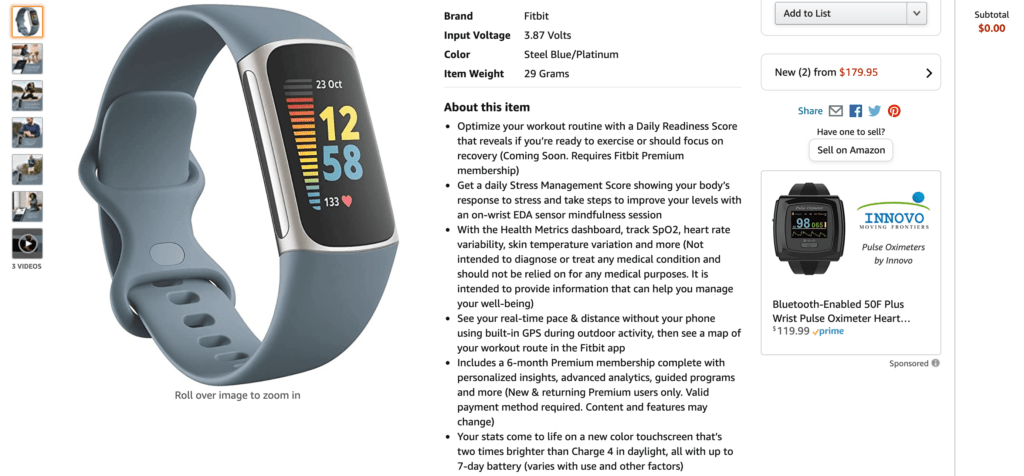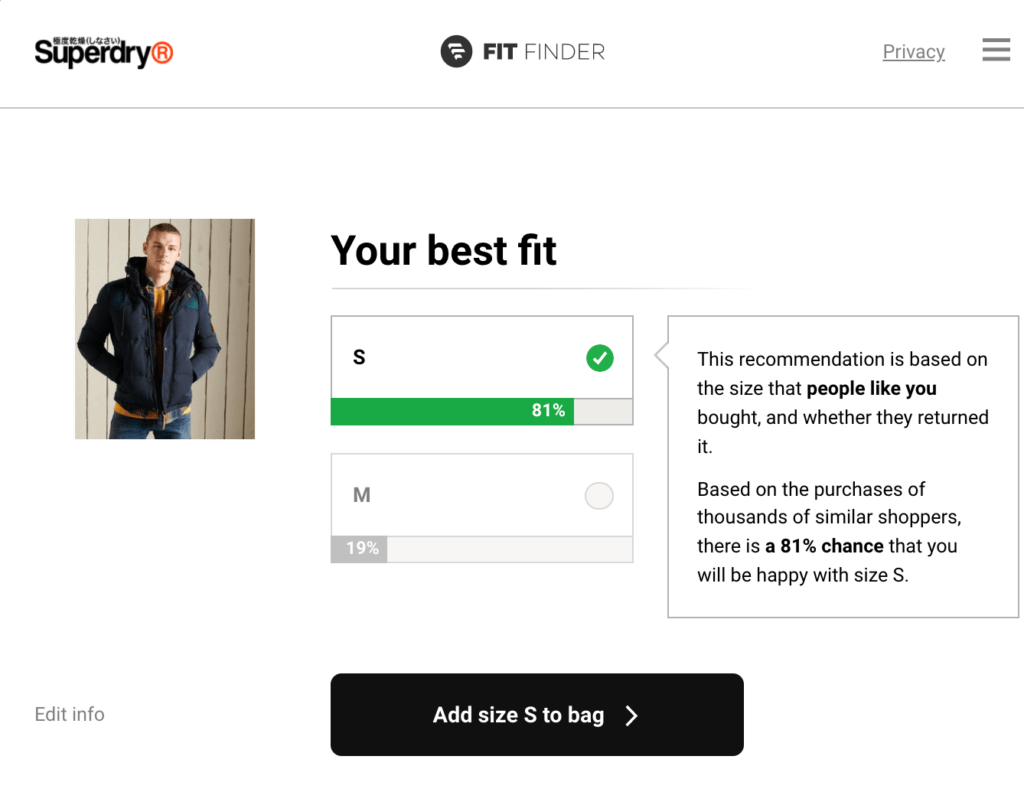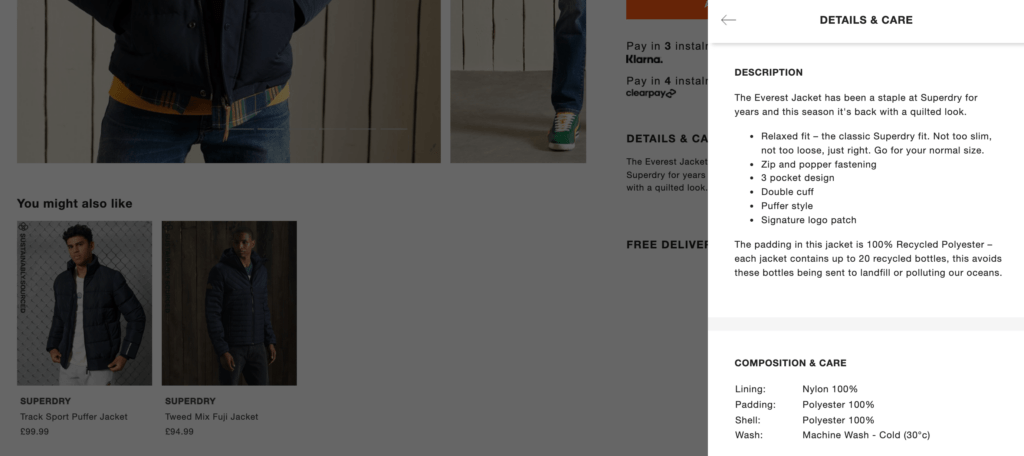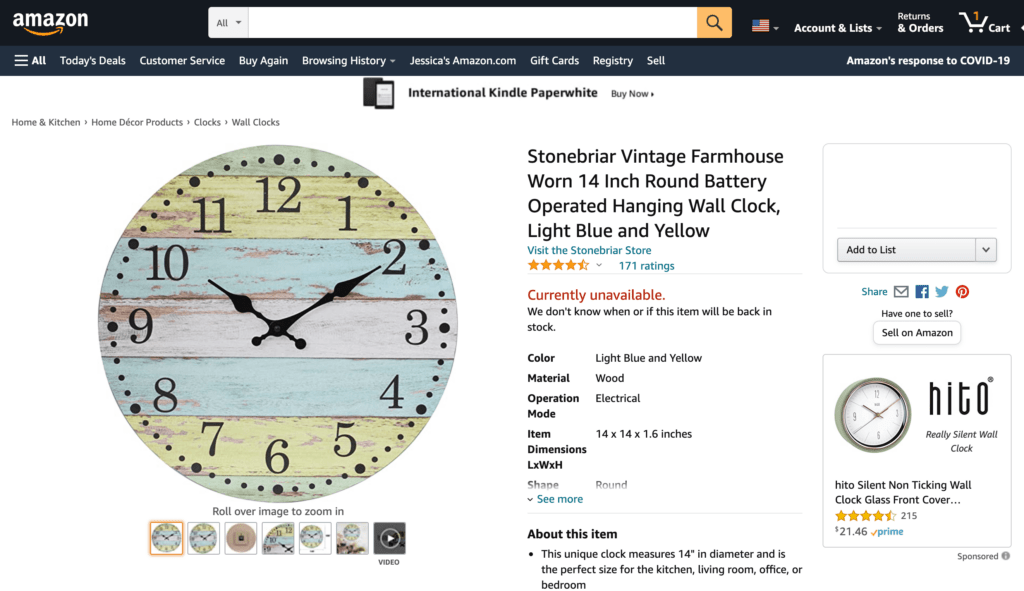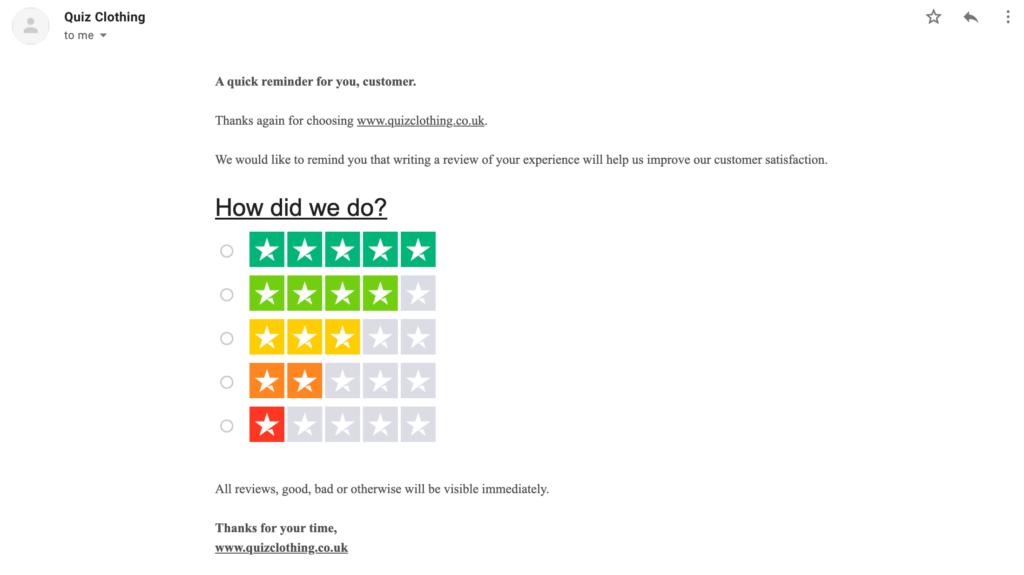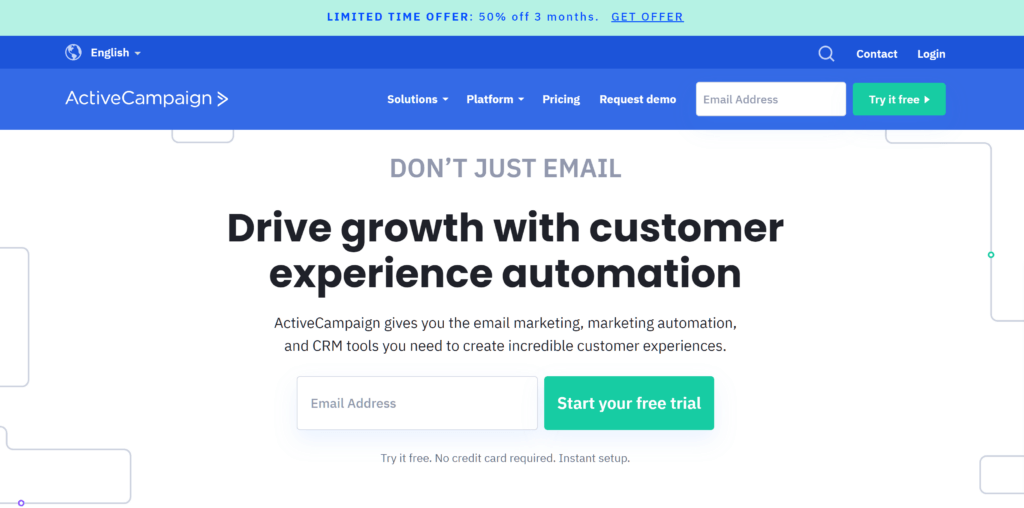There are almost always warning signs that your business is failing. Online stores generally don't collapse from one day to the next. If you've been selling online for a while and your business is doing well, there'll likely be plenty of warning if things aren't going well.
Knowing what those warning signs are will enable you to take action before it's too late. As such, you can respond before your business is losing money or you barely have any customers left. You likely won't get to that point if you act decisively.
In this article, we'll discuss three warning signs that your business is failing. We'll talk about how to tackle each of these situations and their potential causes. Let's get to it!
1. Sales Keep Falling Month After Month
Almost anyone that runs an online store will tell you that sales vary depending on the time of the year. Most stores do the bulk of their sales during the Christmas holiday season. In turn, this increased revenue can make up for slower months throughout the year.
A single month with low sales can be just a blip on your radar. However, if you notice that sales keep dipping over time, you're probably looking at a much larger problem.
Some potential causes for sales numbers dropping can include:
- Focusing on seasonal products. If your store focuses on seasonal products, it stands to reason they'll only sell well during that specific season. Outside of those weeks or months, you're probably looking at low sales across the board.
- Your prices aren't in line with the competition. In some cases, prices can fall across an entire niche due to new, cheaper products entering the market. If you plan on having a higher price point, you need to justify it with higher product quality.
- Your product quality is dropping. If your store's products leave consumers unhappy, bad reviews and a lack of return customers will quickly start to affect your sales numbers.
- There's a problem with your online store. In many cases, low sales can stem from problems with your store, such as long loading times or an overall poor customer experience.
Significant dips in sales can be scary. However, if you pay attention to your store's metrics, you can easily spot when the downward trends begin. Then, you can use that information to figure out the problem (and turn it around).
If your store's sale numbers suddenly fall to zero, that usually points toward a technical issue with whatever ecommerce solution you're using. Having an ecommerce solution that enables you to set up simple, customizable checkout pages (such as Buy Now Plus) can prevent technical failures from happening:
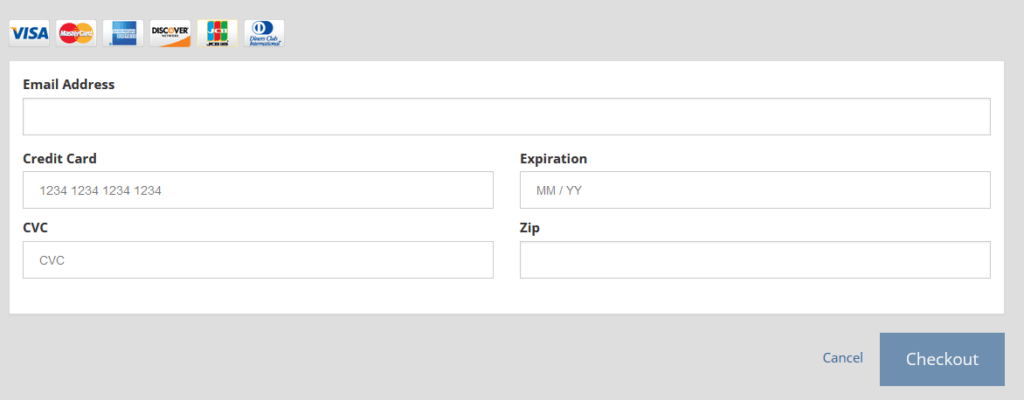
Using an ecommerce solution that you can quickly troubleshoot is essential to running a successful online store. That way, if you encounter technical issues, you'll be able to fix them quickly and not miss out on potential sales.
2. Bad Reviews Are Piling Up
Bad reviews can be catastrophic for an online store. A slew of negative feedback can be enough for sales to take a significant downturn, even if the comments themselves are inaccurate:
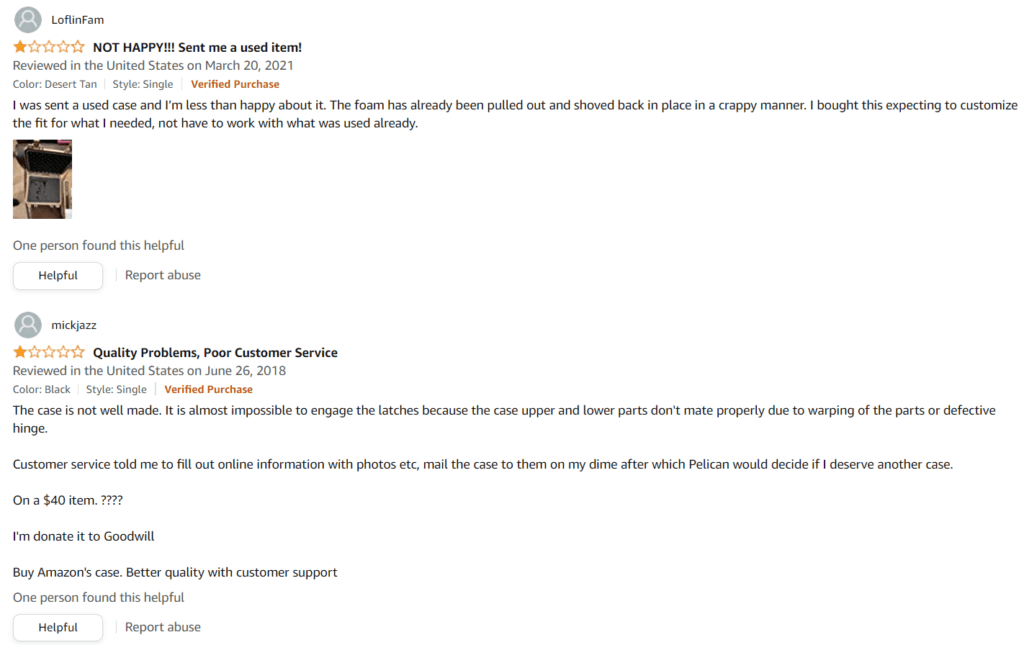
Getting bad reviews is unavoidable if you run an online store for a long time. However, if you're treating customers correctly and offering outstanding products, negative feedback shouldn't outweigh positive comments.
If you run an ecommerce store, you'll need to track two different sets of reviews. Those are:
- On-site product reviews: These are the reviews that customers leave for specific products and services. Negative feedback should tell you which service areas your consumers find lacking.
- Reviews on third-party websites: Tracking these reviews can be hard unless your company profile is on platforms such as Google My Business or the Yelp website. However, regularly searching for your business' name should enable you to find out what customers are saying about you around the web.
Paying attention to negative feedback is essential because you can be confident that many potential customers will be reading it. A staggering 91% of consumers actively look for reviews before making a purchase. If they see a lot of negative comments, they may choose not to use your business.
If your reviews include ratings, we recommend that you start paying close attention if those numbers fall below 4.5/5 or the equivalent on a ten-point scale. It's essential that you look for repeating complaints in reviews so you can identify pain points with your services and solve them.
3. You Have No Repeat Customers
For many businesses, repeat customers are the ones that keep the ship afloat. Once you convince a consumer to make that first purchase, the chances that they'll make another one are as high as 60 to 70%. Moreover, retaining existing customers costs significantly less than attracting new ones and marketing to them.
If you've been running an online store for a while and you lack repeat business, that doesn't bode well for the future. In most cases, it means one of a few things:
- You're not selling products or services that lend themselves to repeat purchases.
- Customers are not satisfied with the quality that you offer.
- Your customer service experience is lacking and users don't feel heard.
- The purchasing or shipping experience is not user friendly.
Paying attention to customer testimonials and reviews should enable you to spot all of these issues well before your company goes bankrupt. Not having repeat business might not mean that your store will go under. Still, in a best-case scenario, it severely limits your growth potential.
Conclusion
There are almost always warning signs that a company might go under. Many store owners only pay attention to profits. While that's not necessarily a bad thing, you might miss obvious warning signs that your business is failing.
Some of the most common warning signs for a failing online business include:
- Sales keep falling month after month.
- Bad reviews are piling up.
- You have no repeat customers.
Do you have any questions about turning a failing business around? Let us know in the comments section below!
If you liked this post, be sure to follow us on Twitter, Facebook,Pinterest, and LinkedIn.



